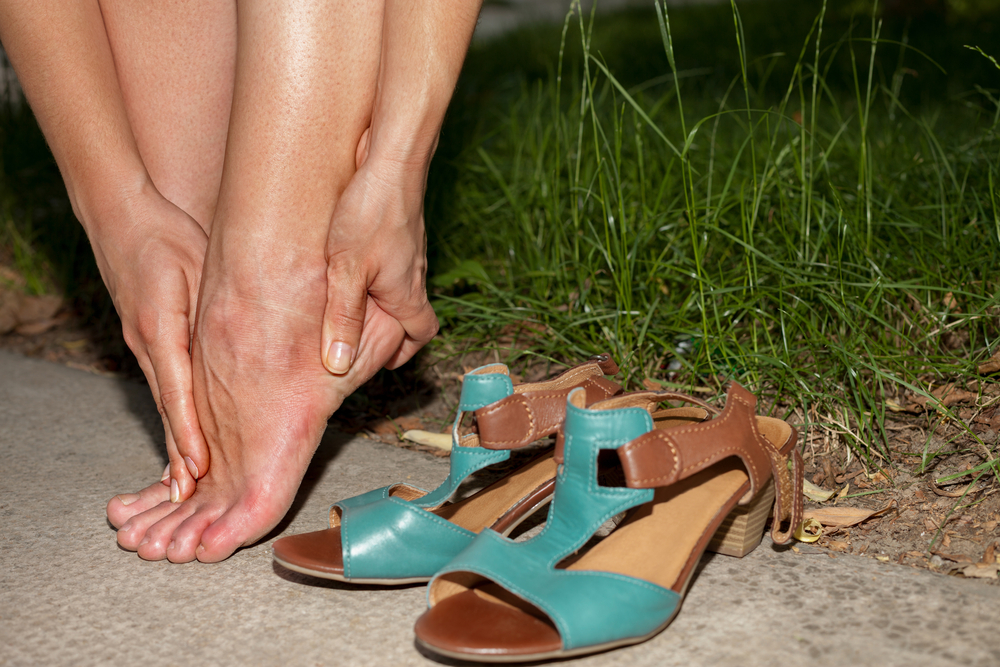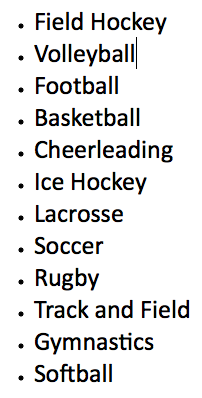Rice goes with chicken. Rice goes with shrimp. Rice goes with beans, and with Chinese food, too.
But R.I.C.E. is also the most essential serving for ankle sprains, yet for one in two of the millions of Americans who are annually hobbled by a misstep, this recuperative dish is not even on their post-injury menu.
The well-known acronym stands for the four-step treatment that should be administered following any ankle injury:
R (REST) ... I (ICE) ... C (COMPRESSION) ... E (ELEVATION)
However, according to findings published in June in the British Journal of Sports Medicine by the International Ankle Consortium, a worldwide group of researchers who study this particular injury, this common problem is frequently overlooked.
"The treatment for lateral ankle sprain is quite variable, with many patients returning to activity in a short period of time," writes the IAC in its paper, "2016 consensus statement of the International Ankle Consortium: prevalence, impact and long-term consequences of lateral ankle sprains," adding, "however, half of those who incur a lateral ankle sprain may never seek initial treatment."
 And when an estimated 28,000 Americans suffer ankle injuries daily, according to the National Athletic Trainers Association – which translates to more than 10,200,000 every year – that suggests that more than five million people simply ignore the problem and try to "walk it off," which is the worst thing one can do. That's because once the ankle is sprained, the chance of future sprains increase leading to a higher risk of ankle osteoarthritis.
And when an estimated 28,000 Americans suffer ankle injuries daily, according to the National Athletic Trainers Association – which translates to more than 10,200,000 every year – that suggests that more than five million people simply ignore the problem and try to "walk it off," which is the worst thing one can do. That's because once the ankle is sprained, the chance of future sprains increase leading to a higher risk of ankle osteoarthritis.
"An ankle sprain is believed to be the most common sports injury, however, not all ankle sprains are alike," NATA reports, adding that "it's believed 45% of all athletic injuries are ankle sprains." As for the sports that have the highest rates of "injuries and sprains," see the list on the left.

Another point of confusion is sprain-strain issue, in which the terms are frequently used interchangeably, and mistakenly. So to clarify, "An ankle sprain occurs when there is a tear in the ligament," NATA points out, while "an ankle strain occurs when there is a tear in the muscle" (italicis added).
Of course, athletes are not the only ones who suffer these injuries. Ankle turns can occur while stepping on an unexpected object, missing a step on a staircase, wearing high-heeled shoes, landing on a sidewalk crack, as well as in a multitude of other ways – so it's as common an injury as you can find.
Therefore, to avoid extended, short-term pain and potential long-term damage, if you do turn your ankle make sure to get it checked – ASAP. That doesn't mean you have to dash off to the emergency room for an X-ray or an expensive MRI. But if it occurs at a local game or competition, see if a trainer can give it a look. If not have it diagnosed by a physician's assistant or doctor pronto, to identify any problems having to do with swelling, range of motion, sensitivity and bruising or discoloration.
But what's most important is that as soon as possible after the injury occurs, the R.I.C.E. protocol should begin. Here's the specifics of the treatment, recommended by the Mayo Clinic:
R (REST): "Your doctor may recommend not putting any weight on the injured area for 48 hours, so you may need to use crutches. ... But don't avoid all activity. Even with an ankle sprain, you can usually still exercise other muscles to minimize deconditioning. For example, you can use an exercise bicycle with arm exercise handles, working both your arms and the uninjured leg while resting the injured ankle ... That way you still get three-limb exercise to keep up your cardiovascular conditioning."
I (ICE): "Use a cold pack, a slush bath or a compression sleeve filled with cold water to help limit swelling after an injury. Try to ice the area as soon as possible after the injury and continue to ice it for 15 to 20 minutes, four to eight times a day, for the first 48 hours or until swelling improves. If you use ice, be careful not to use it too long, as this could cause tissue damage."
C (COMPRESSION): "Compress the area with an elastic wrap or bandage. Compressive wraps or sleeves made from elastic or neoprene are best."
E (ELEVATION): "Elevate the injured limb above your heart whenever possible to help prevent or limit swelling.




